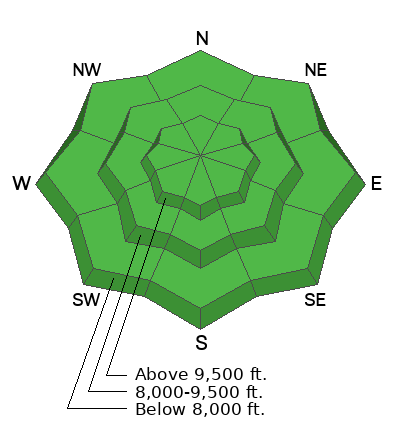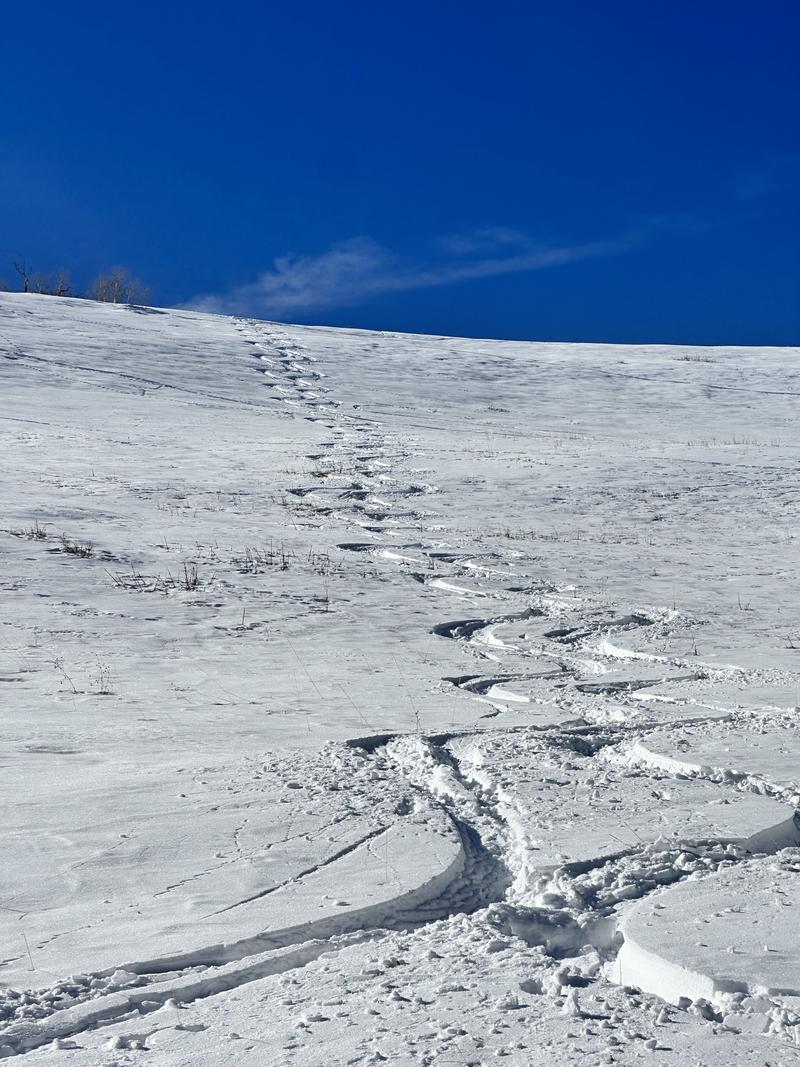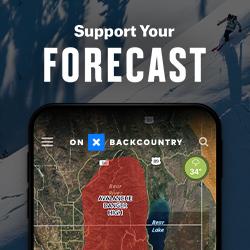Forecast for the Salt Lake Area Mountains

Issued by Nikki Champion on
Thursday morning, December 5, 2024
Thursday morning, December 5, 2024
Overall, the avalanche danger is generally LOW, and normal caution is advised. Triggering an avalanche 1–3 feet deep on our PWL (persistent weak layer) is unlikely but not impossible. In more wind-protected areas, small wet or dry sluffs may be expected in isolated spots or extreme terrain.
Continue practicing safe travel habits: expose only one person at a time to avalanche terrain, have someone observe from a safe location, and avoid traveling above or below other parties.

Low
Moderate
Considerable
High
Extreme
Learn how to read the forecast here






